
Bio Break
Quick Insights into MedTech and Biotech Innovation
Welcome to Bio Break, a video series brought to you by StarFish Medical. Each episode delivers bite-sized, bio-focused insights on medical device product development and biotechnology in five minutes or less. Designed for busy innovators, Bio Break is your quick opportunity to learn something new, get inspired, and continue making an impact—all while taking a short pause in your day.
Enjoying Bio Break? Sign up to get new episodes sent to your inbox.
Watch our latest Bio Break episodes
Fluorescent Soil Load Test
Nick Allan and Nigel Syrotuck explore a creative approach to visualizing cleaning validation using a fluorescent soil load.
Anaerobic Sample Collection Explained
Nick Allan joins Nigel Syrotuck to explore how anaerobic sample collection works and why it’s vital for studying bacteria that cannot survive in oxygen.
Past Episodes
-

Nick Allan and Nigel Syrotuck share their end-of-summer reading list, featuring FDA regulatory books and PCR memoirs. From navigating regulatory hurdles to celebrating groundbreaking discoveries, their choices show how science reading can be both educational and entertaining.
-
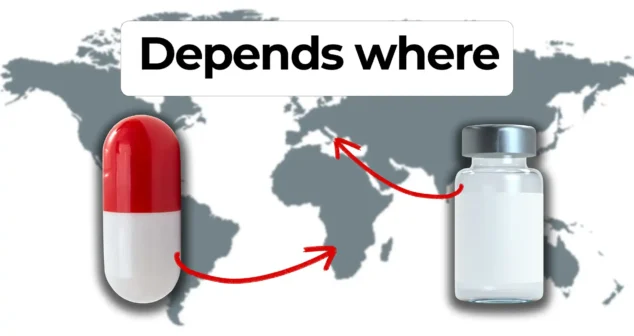
While medical devices often dominate development conversations, the way drugs are delivered across regions can dramatically change how treatments succeed — or fail.
-
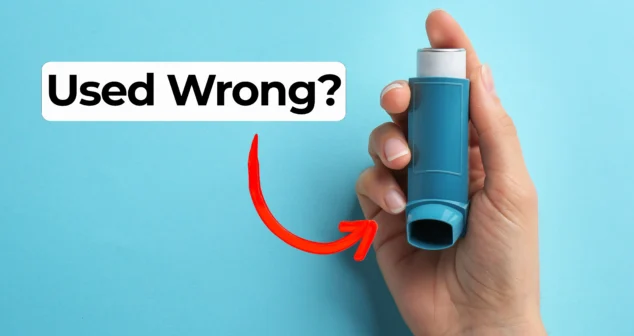
Nigel Syrotuck and Nick Allan explore the surprising reality of inhaler spacer use. While these devices are often thought of as tools for children with asthma, research shows that adults struggle with them too.
-
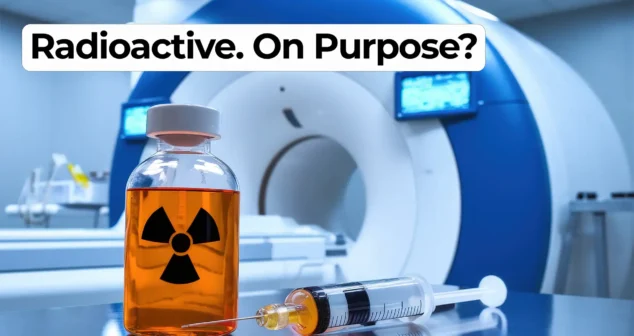
Radiopharmaceutical device development is gaining momentum as medical teams explore new frontiers in diagnostic imaging and cancer treatment.
-
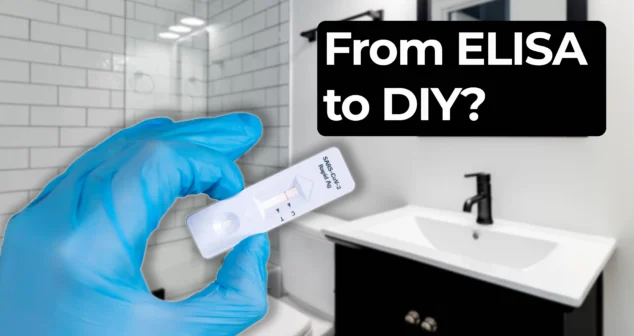
Nick Allan and Nigel Syrotuck reflect on recent ADLM diagnostics innovation and how it has shaped the future of clinical testing.
-
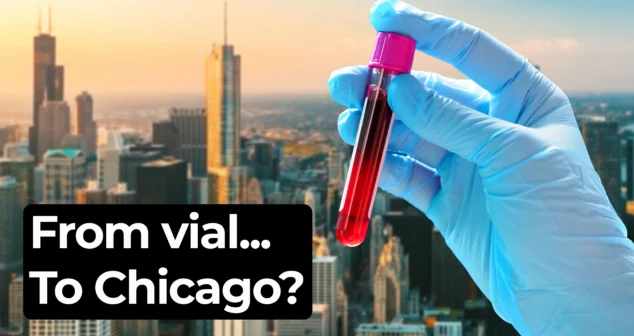
Each summer, the laboratory diagnostics showcase hosted by the Association for Diagnostics & Laboratory Medicine (ADLM) draws industry leaders to Chicago.
-
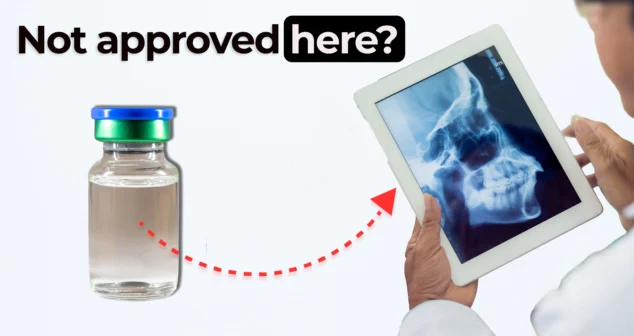
Nigel and Nick explore how contrast agents in imaging support medical device trials and diagnostics. While bones appear clearly in standard X-rays, soft tissues like those in the nasal cavity often require contrast agents to become visible.
-
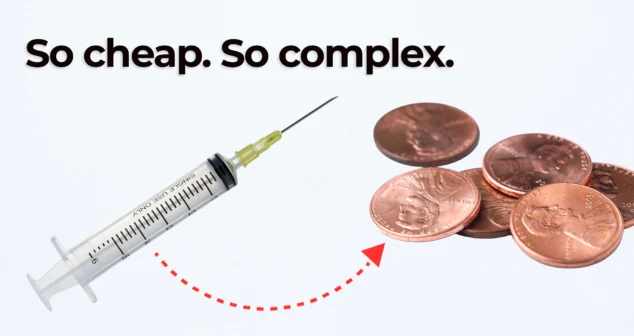
Despite costing just pennies, syringes pack an extraordinary amount of design and manufacturing complexity. From precision-molded barrels to breathably sealed packaging, these tools are more than meets the eye.
-
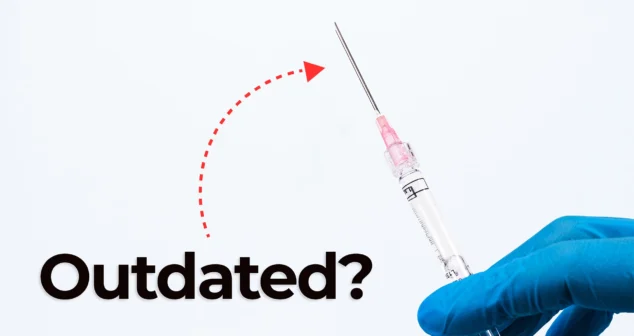
Nick and Nigel dive into the world of jet injector drug delivery. This needle-free method, made popular in science fiction and real-world vaccines, is still used today.

